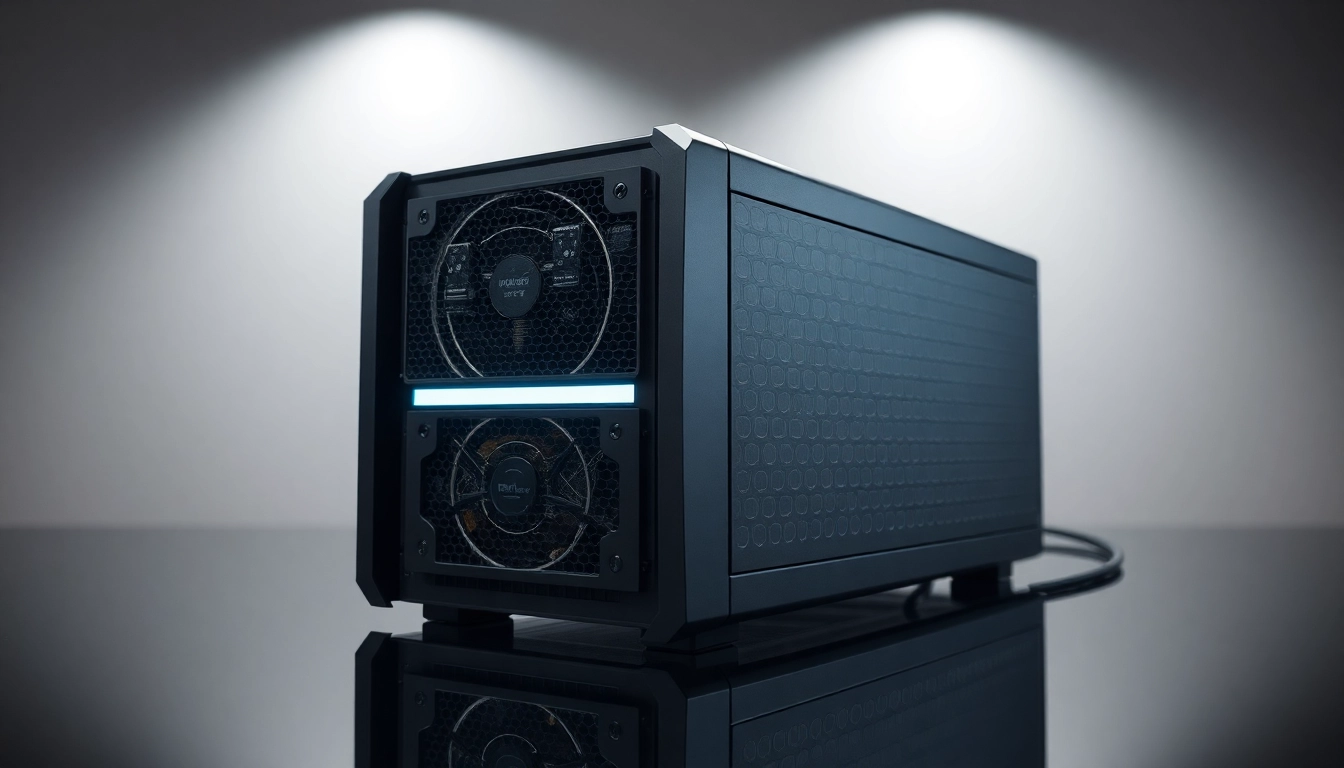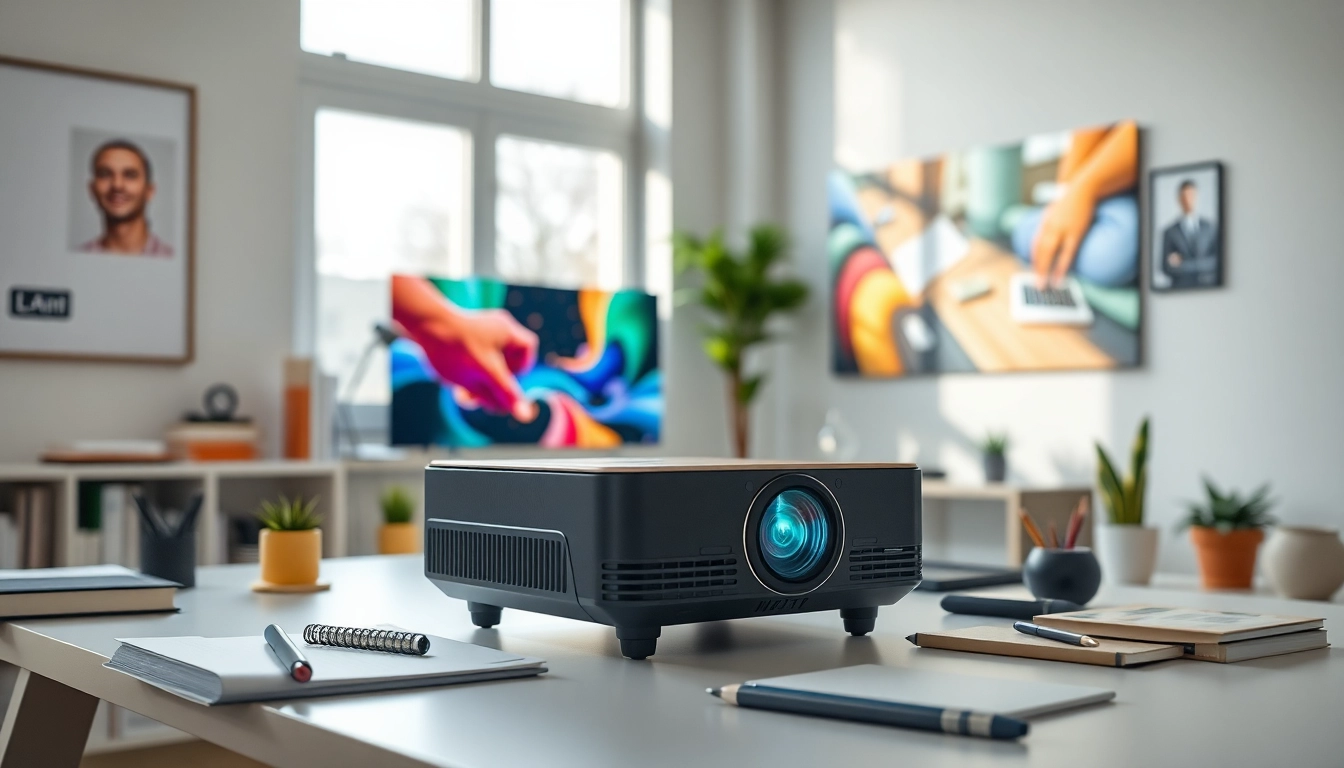Understanding Power Supply Manufacturers
In today’s technology-driven world, a reliable power supply is crucial for ensuring that electronic devices function properly. From personal computers to industrial machinery, the power supply unit (PSU) serves as the backbone. But how do you discern between various Power Supply Manufacturers? This article dives deep into the world of power supply manufacturers, delving into what makes a PSU reliable, the features you should consider, and a thorough analysis of the leading companies in the industry.
What Makes a Reliable Power Supply Manufacturer?
A reliable power supply manufacturer is defined by several key traits: building quality, performance efficiency, customer service, and warranty policies. Here’s a detailed look at these aspects:
- Quality of Components: The materials and components used in the construction of PSUs greatly influence their reliability and stability. Top manufacturers utilize high-grade capacitors, transformers, and protection circuits to ensure safety and performance.
- Efficiency Ratings: Look for manufacturers that exceed the 80 PLUS efficiency rating, as this indicates better energy usage and lower heat generation. Higher ratings can also lead to reduced electricity bills in the long run.
- Customer Support: Reliable manufacturers provide extensive customer service options, including pre-sale consultations, product support, and after-sales service. Good customer support can greatly enhance your experience should any issues arise.
- Warranty Offers: A solid warranty speaks volumes about a manufacturer’s confidence in their product. Look for warranties that offer 5 to 10 years, as this demonstrates a commitment to product durability.
Key Features of Power Supply Units (PSUs)
When selecting a power supply, various features dictate how well the unit will perform in real-world scenarios:
- Wattage Capacity: PSUs come in various wattage ratings tailored for different builds. Ensure that your selected PSU can adequately power your components, calculating your total wattage needs before making a purchase.
- Modularity Options: PSUs are available in modular, semi-modular, and non-modular options. Modular PSUs allow you to only connect the cables you need, relieving clutter and improving airflow inside the case.
- Cooling Systems: Most PSUs come equipped with a fan for cooling. High-quality models utilize advanced cooling technology that ensures the fan operates quietly and efficiently during load.
- Cable Management: Effective power supply units feature cable lengths and types that suit varying cases, making installation straightforward and allowing for optimized airflow.
Top Power Supply Manufacturers in the Industry
Several manufacturers stand out in the power supply sector for their reliability, efficiency, and overall performance:
- Seasonic: Renowned for its premium build quality and high efficiency ratings, Seasonic is often regarded as one of the best brands in the market.
- Corsair: Known for user-friendly modular designs and a wide range of options, Corsair’s power supply units are a favorite among gamers and PC builders.
- EVGA: Combining performance with reliable power output, EVGA has earned a strong reputation, particularly among PC gamers.
- Thermaltake: Offering a diverse range of PSUs, Thermaltake is recognized for its aesthetically pleasing designs, catering to modders and gamers alike.
- Cooler Master: With high-performance offerings and good warranties, Cooler Master remains a solid choice for both gamers and regular users.
Choosing Your Power Supply: Important Considerations
Wattage and Efficiency Ratings Explained
The significance of wattage and efficiency ratings cannot be overstated when selecting a power supply. Wattage determines how much power your PSU can provide to your components, while efficiency ratings indicate how effectively energy consumption is handled. The 80 PLUS certification system categorizes efficiency ratings from Bronze to Platinum and Titanium; the higher the rating, the more efficient the PSU. A higher efficiency translates to less wasted power, generating less heat and ultimately resulting in cost savings over time.
Modular vs. Non-Modular Power Supply Options
The type of PSU you choose significantly affects your build’s organization and airflow. Here’s a breakdown:
- Modular PSUs: Allow you to connect only the cables you need, resulting in cleaner cable management and improved airflow.
- Semi-modular PSUs: Come with essential cables hardwired in but allow the addition of extra cables as needed.
- Non-modular PSUs: Come with all cables permanently attached, which may result in excess cable clutter inside your case.
For custom builds aiming for optimal airflow and aesthetic appeal, modular options are often considered superior.
How to Evaluate Manufacturer Reviews and Reputation
Reading customer feedback and expert reviews is crucial for understanding a manufacturer’s standing in the industry. Here are steps to effectively evaluate manufacturer reputation:
- Check Online Reviews: Utilize platforms like Reddit, Amazon, and dedicated tech review sites to gather opinions and experiences from actual users.
- Investigate Warranty Claims: Research how often warranties are claimed against a manufacturer’s products as high claims can indicate quality control issues.
- Engage in Forums: Participating in technology forums and communities can provide unsolicited insights and recommendations on specific brands from knowledgeable enthusiasts.
- Look for Testing Results: Several tech websites perform rigorous PSUs testing. You can find in-depth data that reveals true performance under stress, showcasing reliability.
Installation and Maintenance Tips
Step-by-Step PSU Installation Process
Installing a power supply can seem daunting, but following a few simple steps can lead to a successful installation:
- Preparation: Ensure you have the necessary tools, such as a screwdriver, and prepare a clean, static-free workspace.
- Homework: Read your motherboard and PSU manuals, particularly focusing on the connector types and motherboard layout.
- Mounting: Secure the PSU into the case. Most cases have a designated PSU section, typically at the bottom or top.
- Connecting Cables: Plug in the 24-pin motherboard connector, along with the CPU power connector, PCIe cables for the GPU, and SATA power connectors for storage devices, if applicable.
- Final Checks: Inspect all connections before closing the case. Ensure no cables are crossing fans or obstructing airflow.
Common Issues and Their Solutions
Despite overall reliability, power supplies can experience issues. Here are common problems and suggestions for resolving them:
- PC Won’t Power On: Check all power connections; the problem may be a loose cable or a switched-off power supply.
- Random Shutdowns: This might be accomplished through overheating. Ensure that your PSU is adequately cooled and verify cable management for airflow.
- Unusual Noises: A failing fan or abnormal rattling might indicate internal issues. Consider replacing the PSU if the noise persists.
When to Replace Your Power Supply Unit
It’s essential to recognize when to replace a PSU to prevent damaging other computer components. Signs include:
- Frequent Crashes or Shutdowns: Regularly experiencing these issues can indicate an unstable PSU.
- Age Factor: If your PSU is over 5 years old, consider replacing it, especially if it’s regularly under heavy load.
- Visible Damage: Check for any signs of physical damage, such as burnt marks or swelling capacitors.
Trends in Power Supply Technology
Emerging Technologies in Power Supply Design
The power supply industry constantly evolves with innovative technologies. Recent trends include:
- Digital PSUs: These utilize digital signal processing to enhance efficiency and programmability.
- Advanced Cooling Solutions: Innovative fan designs and materials, including liquid cooling setups, are becoming more common.
- Smart Features: Some newer models come with integrated Wi-Fi or Bluetooth, enabling users to monitor power consumption remotely.
Sustainability in Power Supply Manufacturing
With growing environmental concerns, many power supply manufacturers are shifting towards sustainable practices. This includes minimizing energy waste, selecting eco-friendly materials, and creating recyclable packaging.
The Future of Power Supply Performance
Power supply performance is likely to further evolve with increasing demands for energy efficiency and compactness in design. Expect innovations that integrate AI for load balancing and predictive performance tracking.
Comparing Different Power Supply Manufacturers
How to Narrow Down Choices Based on Your Needs
With so many options, finding the right power supply can be challenging. Begin by considering your hardware requirements, capacity needs, and budget constraints. Tailor your search to specific features that benefit your use case, such as gaming, high-performance computing, or energy efficiency.
Competitive Analysis of Leading Power Supply Brands
An evaluation of PSU manufacturers by comparing established brands reveals strengths and weaknesses. Brands like Seasonic and Corsair emerge as frontrunners due to premium quality and robust warranty policies, while others may focus on affordability or aesthetic appeal.
Buying vs. Custom Solutions from Manufacturers
Determining whether to purchase an off-the-shelf PSU or opt for a custom solution depends on your unique requirements. Custom solutions might better fit specialized needs, particularly for high-performance applications, while retail options are often sufficient for standard builds.




